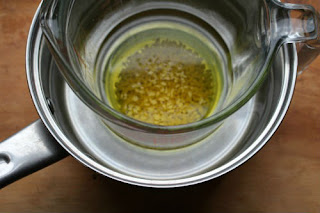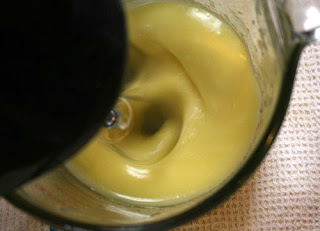Majority have experienced joint and muscle pain at some point in their life.
Usually, we don’t associate joint and muscle pain with young children. However, children can do experience these unpleasant pains, even at the age of three.
About 25-40% of children are affected by growing pains which most commonly appear during 2 periods: between the ages of 3 and 5 years in their early childhood, and later between the ages of 8 and 12 years.
Usually, growing pains are reported to affect the legs.
Children state that their pain is located behind their knees, in their calves, or in front of their thighs, which usually appears during the early evening before bedtime, or late afternoon.
Although the intensity of growing pains is different in each child, it is shown that it can wake a sleeping child.
Luckily, there’s a solution, and it’s a magnesium-based lotion.
It has been vastly present around the alternative health and homeopathic community, and those who did tried it, swear by its effective properties in the treatment of joint and muscle pain, and not just pains caused by growing pains.
We’ll briefly explain about its beneficial ingredients, before presenting the recipe.
Magnesium
Magnesium is its main ingredient. Joint and muscle pains, like growing pains, are most commonly caused by problems with minerals.
Human’s bones are consisted of collagen, a substance which bonds with calcium in order to form the bone’s structure.
When a child has deficiency in magnesium, the calcium won’t be stable within the bones, resulting in cramps-growing pains.
Pure magnesium oil is most commonly used in the treatment of these pains, but over time it can cause irritations on the skin.
In order to soften the effects of magnesium oil usage, this specific lotion has other beneficial ingredients in its content.
Arnica
Excellent addition for the magnesium oil is extract from the plant arnica.
Since usually the cause of joint and muscle pains is a result of inflammation, the anti-inflammatory properties of this extract will be able to soothe the pains.
The anti-inflammatory function of arnica is due to its ability to block the action of the compound, histamine, released by the body to cause swelling.
Required Ingredients
-1.5 oz of magnesium oil
-3 oz of comfrey infused oil and arnica
-1.5 oz of Aloe Vera gel
-1/2 oz of beeswax
-1/2 ozof stearic acid
-1.5 oz of Shea butter
Directions
For the preparation of arnica and comfrey infused oil, place 2 tbsp of dried comfrey leaves and 2 tbsp of dried arnica flowers in a jar.
Pour about 6 ounces of olive oil in the jar, stir and put the jar in a pot which has 2 inches of water.
The pot should stay about 2-3 hours on a low heat, constantly checked to prevent complete evaporation of the water.
Put the arnica and comfrey infused oil, stearic acid and beeswax in a measuring cup or heat proof bowl.
Put the bowl with these ingredients in a pan with several inches of water in it, and heat it on medium-low heat. Stop heating when you notice the beeswax is melted.
Then, turn off the heat, and add the 1.5 ounces of Shea butter while stirring it until it melts. Remove the pan from the heating element.
Take the bowl off the pan and allow it to cool until you notice layer formed at the top (as presented in the picture).
While it’s cooling, take a separate heat proof jar and put the magnesium oil and the Aloe Vera gel in it.
This jar should be placed in the pan filled with water which was used for heating up the wax mixture, in order to warm up. However, don’t put the pan on the heating element.
Combine both of the mixtures once you notice they have around a body temperature.
While beating with a mixer, carefully pour the aloe/magnesium mixture to the wax mixture. .
Mix for another 3-5 minutes in order to get a mixture which will start to thicken and cool down.
After mixing the lotion well, place it in a container.
Choose a squeezable one for an easy application, and avoid metal containers since they can cause rust.
Source/reference: familylifegoals.com
Other included links:
thenerdyfarmwife.com
kidshealth.org
parents-barkeley.edu






EmoticonEmoticon